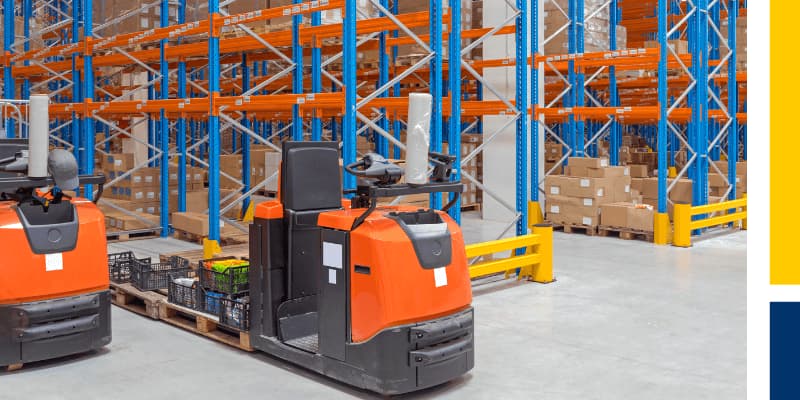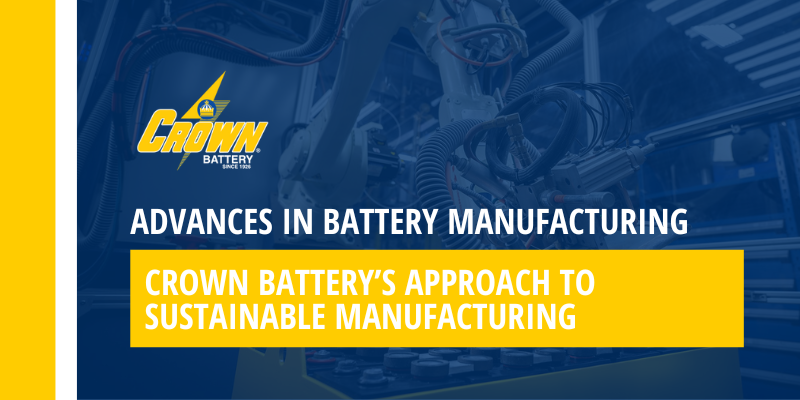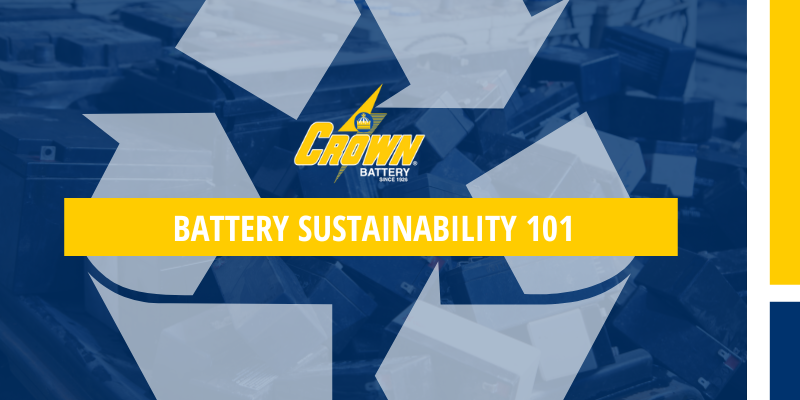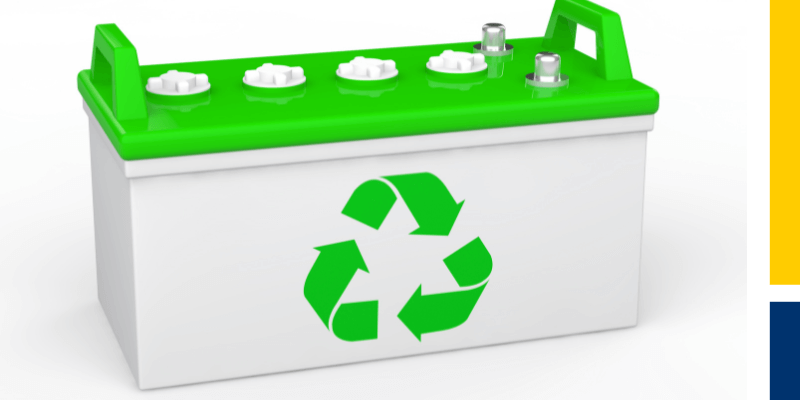Batteries ensure your material handling equipment runs smoothly and reliably – from forklifts to order pickers and work assist lifts.
And finding the right battery solutions is critical because the stakes are high:
- Downtime can mean thousands of dollars of lost productivity – and delays and breaches of contract.
- Early battery failure hurts your budget and forecasting.
- The wrong batteries can lead to safety and performance issues.
In this blog post, you’ll discover how to select the right batteries for your forklifts and material handling operations, including:
- Pros and cons of proven and emerging battery chemistries
- Battery features that improve lifespan, performance, and reliability
- Last-generation engineering and assembly techniques to avoid
- And more
Pros and cons of standard battery chemistries
No battery is suitable for every material handling operation.
Each battery chemistry has its benefits and drawbacks – and they all vary in lifetime cost, recyclability, lifespan, and power density.
Recyclable lead-based batteries (flooded lead-acid and AGM)
Costing 50% to 90% less per-Kwh, flooded lead-acid and AGM batteries command the greatest market share in forklift and other material handling applications. They’re 99% recycled – more than an aluminum can (source: U.S. EPA’s “Advancing Sustainable Materials Management: 2018 Fact Sheet”).
Lead-based batteries have been field-tested and engineer-refined for over 100 years. And like forklifts, today’s lead-based batteries use computer-aided R&D, robotic assembly, and vision systems for quality control and enhanced reliability.
Flooded lead-acid (FLA) batteries
FLA batteries are popular for their lifespan, value, reliability, and easy maintenance. These batteries require routine inspections and watering – which works well for some organizations but not for others.
Absorbent glass mat (AGM) batteries
Offering near-zero maintenance, AGM batteries were first developed for aerospace. These batteries gained popularity for military and material handling applications. In addition to FLA’s benefits and near-zero maintenance, AGM batteries offer up to 5X faster charging and improved current delivery.
AGM batteries offer improved resistance against shocks and vibrations common in material handling. Thin, fiberglass mats and pressure-sealed plates protect their energy-storing plates, making them more durable in warehouses and similar applications.
Vibration resistance is improved because of AGM’s construction methods. AGM batteries often save time and money, improving ROI and more than offsetting higher production and acquisition costs.
Other key reasons for FLA and AGM adoption include high reliability, easy installation and use, long life, and solid power density.
Lithium-ion batteries (Li-ion)
Li-ion batteries provide higher power density and lower weight – often at 3X the per kWh cost of lead-based batteries. Similar to AGM, Li-ion batteries are also near-zero maintenance.
Li-ion entered the large format market in 2007.
Compared to FLA and AGM batteries’ closed-loop recycling, Lithium-ion batteries are 95% landfilled (source: Chemical & Engineering News, “It's time to get serious about recycling lithium-ion batteries”). You can learn more when you watch The Recycling Gap: Will Your Battery Recycle, or Will You Pay the Disposal Bill?
Li-ion batteries’ power density is higher than most other battery technologies – and that’s an Achilles’ heel. High power density increases the risk that Li-ion batteries experience thermal runaway or ignite fires. All Li-ion batteries require battery management systems (BMS) to mitigate the likelihood of cell damage, overheating, explosions, and fires.
If you choose Li-ion batteries, consider contacting your insurance company to check whether you’ll need to update your policy. And be sure your local fire department has specialized Li-ion fire training. (Conventional firefighting practices can explode Li-ion batteries; these can reignite multiple days after being “extinguished.”)
NOTE: Forklifts, boom lifts, and other material handling equipment commonly benefit from FLA or AGM batteries as safety counterweights; double-check whether your vehicles can operate properly with Li-ion batteries.
Here’s what to look for when comparing batteries for smarter R&D and robust construction:
- Proprietary CAD modeling, NASA-tested measurement systems, and 3D printing: Crown’s engineers use these tools to create test-ready prototypes overnight – and simulate and refine designs faster and better.
- 100% US-Designed, Engineered, and Manufactured: Crown’s ISO 9001:2015-certified headquarters and manufacturing facility in Fremont, OH, USA deliver Made-in-America quality, reliability, and longevity.
- Gravity-cast plates eliminate impurities, enhancing reliability. Plates are metal lattices that hold energy-storing chemicals. A cheaper manufacturing process, stamping, embeds porosity and impurities into the grid.
- More energy-storing active material, usually recycled lead, increases longevity and capacity. Some manufacturers use less active material because lead is 60% to 80% of a battery’s cost; when they cut corners, your batteries don’t last as long.
- Automated processes including computerized lead oxide mixing, pasting, plate curing, and plate wrapping enhance performance. They also reduce or eliminate common failure modes.
- Cast-on-strap (COS) manufacturing fuses battery plates at ideal temperatures and provides 4,000 adjustments – 100 times moe than conventional welding. Result: COS removes traditional failure points, reducing maintenance and improving reliability and lifespan.
- US-based Tech Support saves you time and money – and ensures you get fast, accurate, expert help when you need it.
What’s next:
Your operational needs, sustainability goals, budget, and reliability requirements all play a role in battery selection for forklifts.
And with this overview, you’re armed with the basics to evaluate battery chemistries – and companies – for your forklifts and other material handling applications.
Need help finding the right batteries? Contact our energy specialists today.












